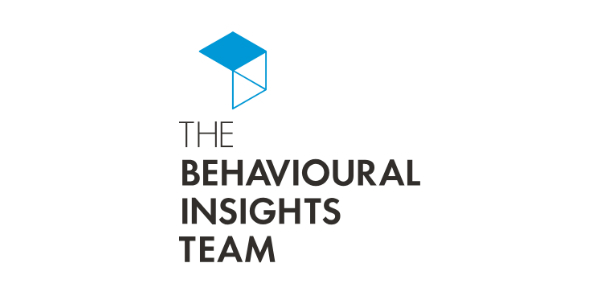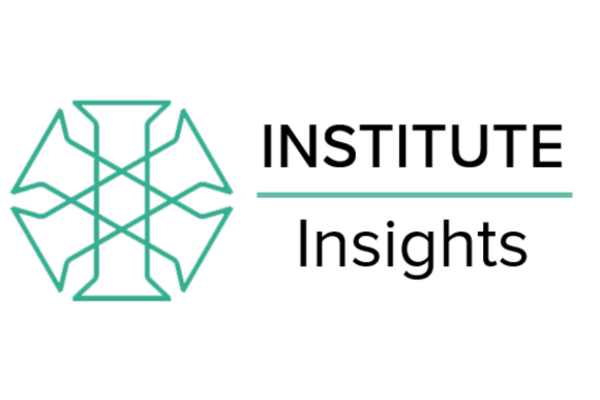
Why aren’t more people completing their training? Declaring conflicts of Interest? Noticing (and reporting) unusual and potentially suspicious activity? Or following our new procedures for data protection and cybersecurity?
As compliance professionals, our natural instinct is to assume that if employees aren’t doing what they should, it's because they don’t know the rules, expectations or procedures - or perhaps they are wilfully ignoring them, because they disagree.
This line of thinking leads directly to increased efforts to educate and persuade people, perhaps via training sessions or extensive e-mails explaining the rationale and emphasizing the importance of policies. But this approach risks overloading people with information and inadvertently confusing and demotivating them. More importantly, it misses an important dimension of non-compliance, because it is rooted in a misunderstanding of why people often behave in unethical or noncompliant ways.
That’s because most non-compliance is “inadvertent.” In these cases, the core problem isn’t that employees don’t understand or agree with the policies. Instead, it’s that the compliant path is just too burdensome - and thus, people naturally default back to more comfortable and familiar habits.
This is the kind of non-compliance that is frequently rationalized away (“Other people aren’t bothering…so why should I?”), exactly because it is so prevalent - and because it doesn’t make people feel like they are truly violating their commitments as employees.
For all of these reasons, inadvertent noncompliance is very hard to mitigate through training and information delivery. Instead, leaders need to view this challenge through a new lens – and apply a different set of tools to help people act in accordance with both company policies and their own intentions. Behavioural science provides this lens.
Behavioural science is an emerging academic field, which brings together elements of psychology, sociology and anthropology, among other disciplines. Notably, it complements traditional economics, which presents a fully-rational and fully-informed model of human decision making, by introducing and emphasizing the role of context in influencing our choices and behaviours.
For example, behavioural science teaches us that our need to conserve mental energy (i.e. reduce our cognitive load) guides much of our behaviour. Thus, forming a new habit is inordinately difficult, even if we are motivated to do it. With this in mind, it’s not surprising that even the slightest amount of “friction” (complexity, confusion, etc.) can derail even well-intentioned compliance efforts.
For this very reason, a core “mantra” of the field is to Make It Easy – and the first step to applying behavioural science is often to review and refine compliance processes and communications with simplicity and clarity in mind.
From there, it’s a short step to the EAST (Easy, Attractive, Social, Timely) framework for encouraging behaviour, This simple, yet powerful framework speaks to several foundational truths about human behaviour:
- First, humans are greatly influenced by the actions of others. Therefore, it’s important (and effective) to celebrate the positive – and point out that most people or teams are complying. Too often, publicity goes to the negative, which has the unintentional effect of normalizing unethical behaviour.
- Second, our attention spans are limited – and we often simply forget to take action, particularly when a behaviour is unfamiliar. Therefore, it’s important to keep compliance actions top-of-mind, ideally by integrating reminders and examples within established work processes. “Tagging-on” a desired behaviour to an established process is almost always easier than asking people to develop an entirely habit.
- Third, we all need some encouragement and reassurance, particularly when we are trying something new. Therefore, well-timed positive reinforcement can go a long way. Importantly, the reward does not have to be financial: Sometimes, a quick acknowledgement or “thank you” can do the trick. But it is important to make it immediate, so that people have a positive association when they take the desired action.
These factors add up to the reality that when it comes to combating “inadvertent” non-compliance, solutions like simplifying processes, sending timely reminders and provisioning positive reinforcement are more likely to be effective than detailed manuals and extended training sessions.
In fact, this truth highlights an underlying promise and benefit of behavioural science: Small inexpensive changes (in work processes and/or the wording of communications) can have a major impact on people’s behaviour. We saw this first-hand through our work with Arup, in which simple changes in communication resulted in a significant increase in the percentage of employees who shared self-identification data.
However, to be clear, behavioural science is not a panacea. Its tools will not stop employees with active negative intent, nor will small, timely interventions overcome an organizational culture that sends the wrong messages and incentives. But it can be an important and complementary piece of the puzzle, which reinforces a positive, ethical culture, helps move employees from intent to action – and ultimately makes compliance programs more efficient and effective.
To learn more about applying behavioural science to enhance compliance programmes, please reach out to [email protected].







